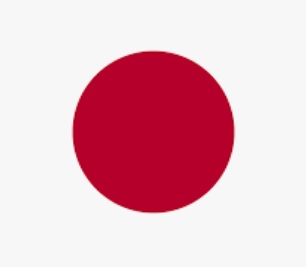Booming Surplus is a Sign of Economic Weakness
 Photo Credit: Danilo Rizzuti at FreeDigitalPhotos.net
Photo Credit: Danilo Rizzuti at FreeDigitalPhotos.net
We tend to think of surplus as a good thing. The term has a positive connotation and it is surely better to be in surplus than deficit. But the global economy is a closed system. One nation’s (or continent’s surplus) is another nation’s deficit. In the case of the Eurozone, the massive account surplus it has run (up and down) for several years is a giant warning sign that all is not well.1)See the chart at Trading Economics: Eurozone Surpluses. Accessed July 28, 2020.
Basically, Europeans are not consuming enough. Whether it is the Greeks that have endured years of austerity-driven misery, or the aging Germans that save in fear of the future, aggregate demand is too small. Investment opportunities are few, as the infrastructure is largely built, and the population is shrinking, so demand for a company’s products is unlikely to increase.
We have already commented on what is going to become a big issue in Economics and society: identifying optimal policies for when the economy is shrinking, which it will surely do in cases where even good productivity growth cannot outpace declines in the working age population. Europe’s current account surplus is another piece of evidence that Europe has already arrived there.
So here’s a suggestion, building on something many Europeans do very well: build the world’s best leisure society. That is, pursue public policies that allow flourishing independent of working hard, or reaching the top of the pyramid. In highly productive economies (which we hope are the economies of the future), fewer working hours will be required for the same economic output. So, a flourishing society is going to have to figure out how to flourish when people work less (and perhaps, figure out how work will be divided). And we already know that flourishing takes money, so a flourishing leisure society will certainly increase aggregate demand.
Footnotes
| 1. | ↑ | See the chart at Trading Economics: Eurozone Surpluses. Accessed July 28, 2020. |




 Beyond GDP: Lessons for Redefining Progress in Canadian Food System Policy
Beyond GDP: Lessons for Redefining Progress in Canadian Food System Policy The Toxicity of a Hyper-Competitive Work Environment
The Toxicity of a Hyper-Competitive Work Environment Universal basic income can be the worst of all worlds - but ‘free money’ schemes do work
Universal basic income can be the worst of all worlds - but ‘free money’ schemes do work Correcting Capitalism: Changing Metrics and Meanings of Work among Japanese Employees
Correcting Capitalism: Changing Metrics and Meanings of Work among Japanese Employees Loneliness During the Covid-19 Pandemic
Loneliness During the Covid-19 Pandemic